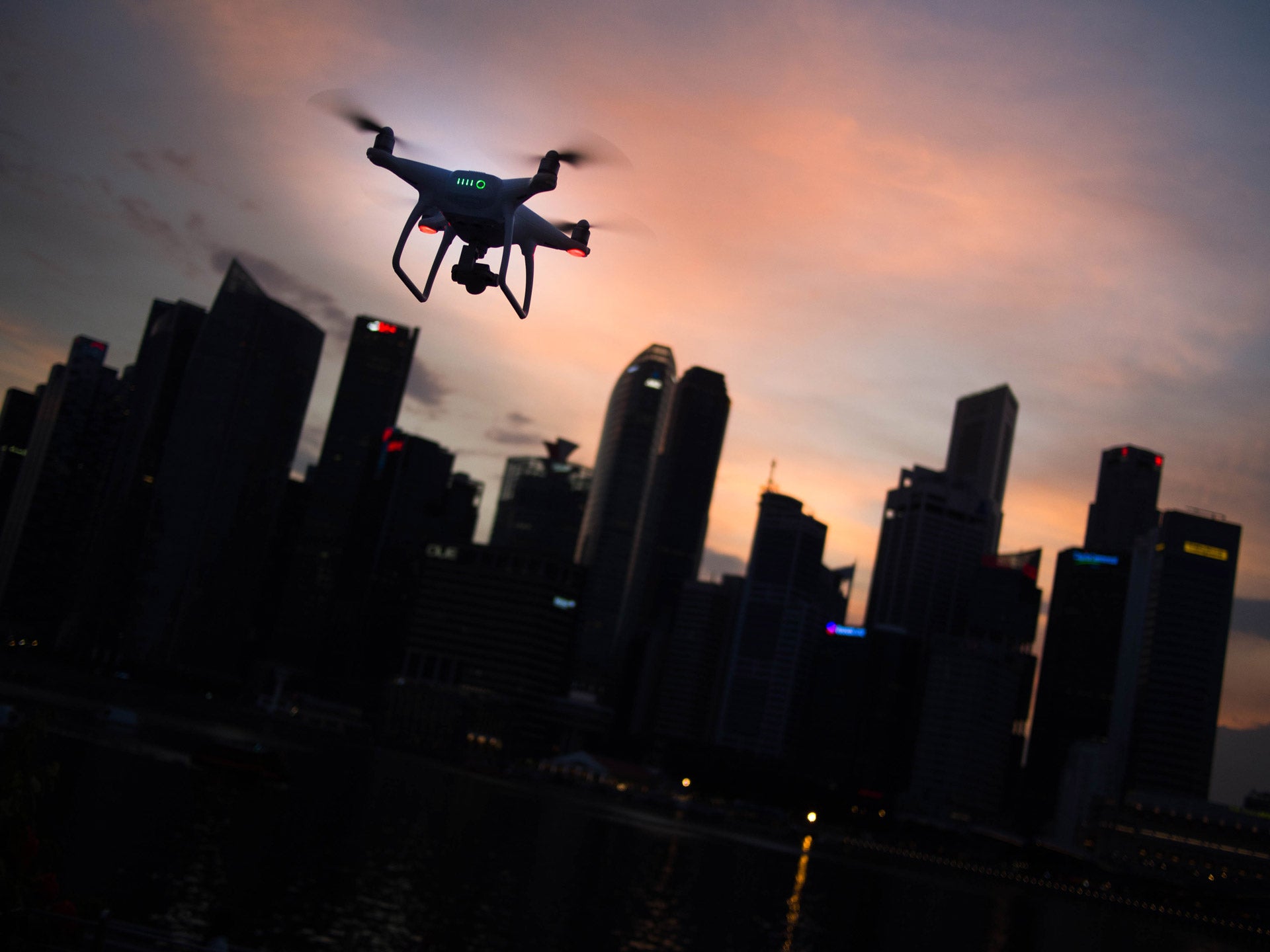
The sight of the historic Notre Dame cathedral engulfed in flames sent shockwaves around the world, but the blaze could have been worse if it weren’t for the use of firefighting drones.
While the term conjures up images of autonomous flying vehicles hooked up to a water tank to douse the flames, the role of firefighting drones in Notre Dame was instead focused on providing support to best optimise the human firefighting efforts.
“Firefighters, desperate to quell the flames and preserve what they could of this historic landmark, looked to drones for safety and guidance,” explained Robert Garbett, founder and chief executive of Drone Major Group.
“DJI drones equipped with delicate, yet powerful imaging devices helped to add information, insight and data to the strategy of the crews on the ground, while allowing them to keep a safe distance from the scene.
“Utilising images and livestream videos, the firefighters could remotely identify the most critical areas of the fire, the current status of infrastructure and, most importantly, where to focus their preservation efforts.”
Putting firefighting drones to use
Notre Dame was by no means the first time that firefighting drones have been utilised, but their deployment remains extremely patchy. For Garbett, the incident highlights the benefits of the technology for fire safety.
How well do you really know your competitors?
Access the most comprehensive Company Profiles on the market, powered by GlobalData. Save hours of research. Gain competitive edge.

Thank you!
Your download email will arrive shortly
Not ready to buy yet? Download a free sample
We are confident about the unique quality of our Company Profiles. However, we want you to make the most beneficial decision for your business, so we offer a free sample that you can download by submitting the below form
By GlobalData“The use of drones by fire services is nothing new, however the tragic incident at Notre Dame highlights the importance of this technology in improving the safety of firefighters, enhancing the effective targeting of firefighting efforts on a large-scale blaze and, most importantly, saving lives,” he said.
While the technology’s benefits have been highlighted by the Notre Dame fire, advancements are also increasing the case for firefighting drones in conventional firefighting environments.
“Until now, drones in this role have largely been restricted to the use of small unmanned air systems (UAS) for surveillance, observation and intelligence gathering as well as for some larger scale dousing of fires in hard to reach locations,” explained Garbett. “As the technology evolves, it is inevitable that fire services will become aware of the power of hybrid drones or, as they are sometimes called, multi-modal systems.
“Hybrids drones are able to operate in multiple environments providing a force multiplication in applications such as firefighting. Imagine a surface marine autonomous system – a drone which operates on the surface of the water – which can deploy a large firefighting UAS to tackle fires from either a river or lake close to the blaze, or at sea where it could be used to tackle remote fires on ships or oilrigs.
“Similarly, an autonomous vehicle – a drone which operates on land – fitted with a similar large autonomous or remotely controlled UAS could be rapidly deployed to a fire at a chemical plant, for example, where the presence of firefighters would be perilous.”
Naturally the deployment of firefighting drones is in part down to budget decisions, which means their dissemination into widespread use is likely to be slow, but with the technology’s potential clear, it is likely that it will become increasingly prevalent in fire safety situations.
“While we are a way off from widespread adoption, it is inevitable that you will see more advanced drones systems being used by firefighters of the future,” he said.
“If we have learned anything from the tragic incident at Notre Dame it is that that firefighting drones, in combination of the heroism of firefighters, are the future of fire safety.”
Read more: Forest conservation: How drones can help save our forests from climate change



